The 5 Stages of Water Softener Regeneration
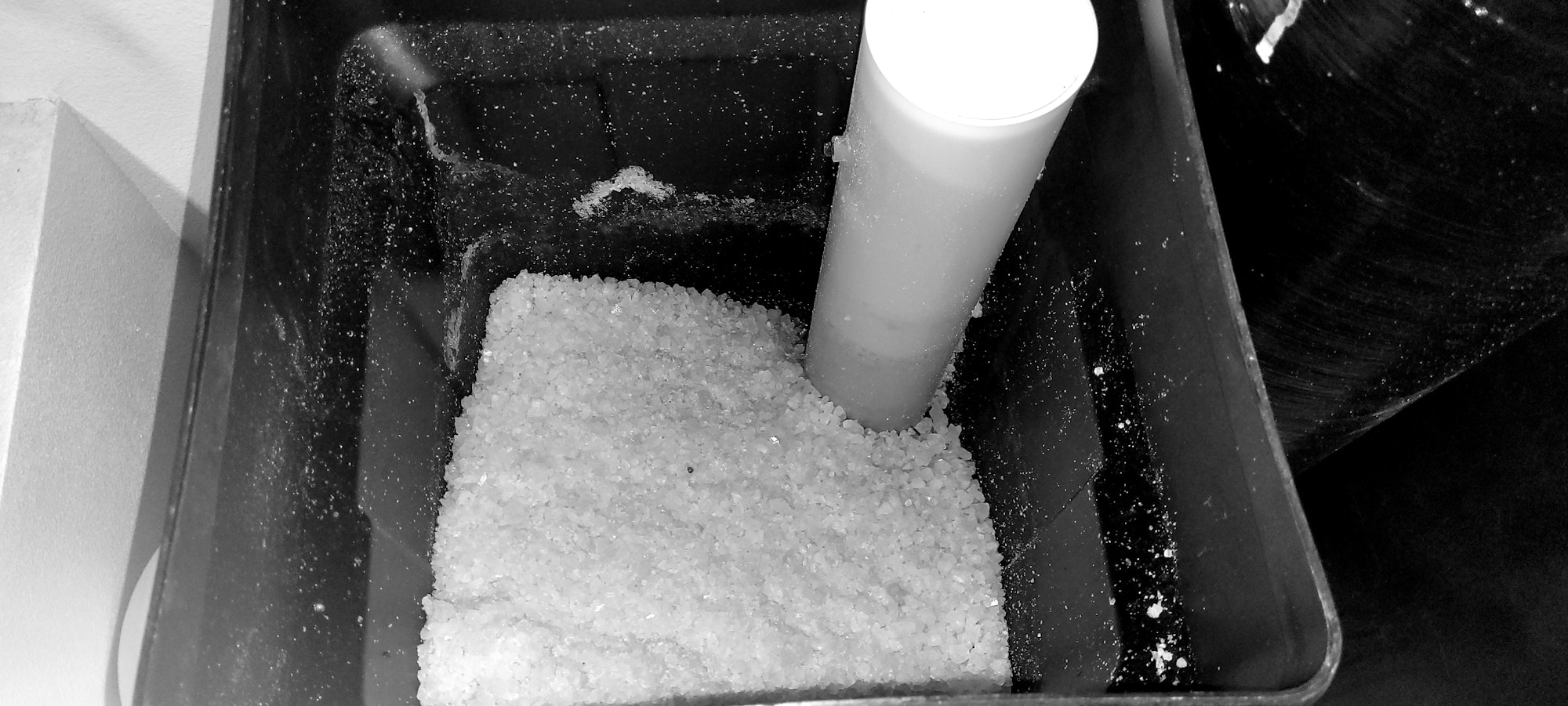
Shop Our Products
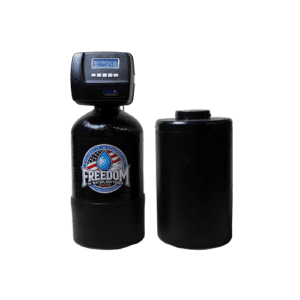
Freedom RV Water Softener System
Specifically for RV and fifth-wheel owners, this high-quality system guarantees your RV’s water is pure,
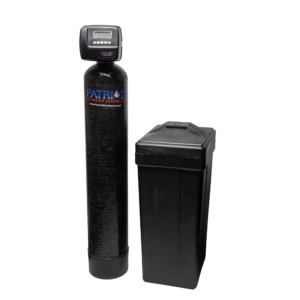
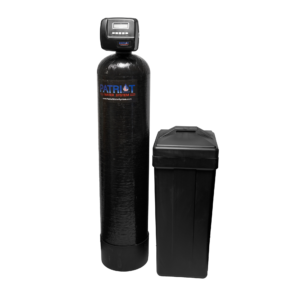
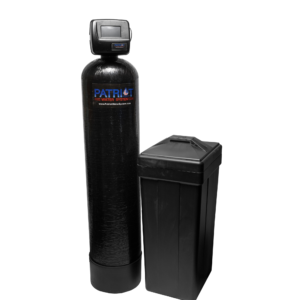
Water softeners are essential for combating hard water issues, but their performance depends on regular maintenance, specifically the regeneration process. After you install your water softener, understanding the 5 stages of water softener regeneration guarantees you can keep your softener running smoothly and efficiently. In this guide, we’ll walk you through the five stages, discuss the differences between auto and manual regeneration, and provide tips to help you maintain your water softener for optimal performance.
Read More | Water Softener Maintenance Tips

Step 1: Fill
The first stage involves filling the brine tank with water. This is a crucial step as it prepares the brine solution necessary for the regeneration process. The water softener’s control valve opens to allow a precise amount of water to flow into the brine tank.
Step 2: Brine Draw
In the brine draw stage, the salt solution from the brine tank is drawn into the resin tank. The highly concentrated salt solution flows through the resin beads, displacing the hardness minerals (calcium and magnesium) that have accumulated.
Step 3: Slow Rinse
After the brine draw, the system enters the slow rinse stage. During this phase, fresh water is slowly introduced to rinse the remaining brine solution from the resin beads. This step is crucial for removing any residual hardness minerals and ensuring the resin beads are fully recharged.
Step 4: Backwash
In the backwash stage, water flows upwards through the resin tank, lifting and expanding the resin bed. This process flushes out any dirt, iron, and sediment trapped in the resin bed, ensuring it remains clean and efficient. This stage also helps to redistribute the resin beads for optimal performance.
Step 5: Fast Rinse
The final stage, fast rinse, involves a rapid flow of water through the resin tank to flush out any remaining brine and hardness minerals. This stage also compacts the resin bed, preparing it for the next service cycle. The control valve then resets, and the water softener is ready to deliver soft water again.
Have an RV water softener? All steps are doing to be the same!
How Long Does the Regeneration Process Take?
The time it takes to regenerate a water softener can vary depending on the model and the settings. On average, the entire regeneration process can take anywhere from 1.5 to 2 hours. Each stage varies in length, with the brine draw and slow rinse stages typically taking the longest.
Factors Influencing Regeneration Time
- Model of the Water Softener: Different models have different cycle times.
- Settings: The hardness level of your water and the amount of water used can affect how long regeneration takes.
- Water Pressure: Higher water pressure can reduce the time needed for some stages.
When to Regenerate Your Water Softener
Knowing when to regenerate your water softener is crucial for maintaining soft water and ensuring the longevity of your system. The need to regenerate depends on whether your system is manual or auto-regenerating.
Signs You Need to Regenerate
- Decreased Water Pressure: This can indicate a build-up of hardness minerals in the resin tank.
- Hard Water Symptoms: If you notice signs of hard water, such as soap scum, spotted dishes, or stiff laundry, it may be time to regenerate.
- Regular Schedule: Many auto-regenerating systems are set to regenerate every few days or after a certain amount of water has been used. Manual systems require you to monitor and initiate regeneration based on water usage and hardness.
Regular Maintenance Tips
- Check Salt Levels: Ensure your brine tank has enough salt.
- Monitor Water Usage: High water usage can necessitate more frequent regeneration.
- Test Water Hardness: Regular testing can help you adjust the regeneration schedule as needed.
Read our full guide on water softener maintenance.
Auto vs. Manual Regenerating
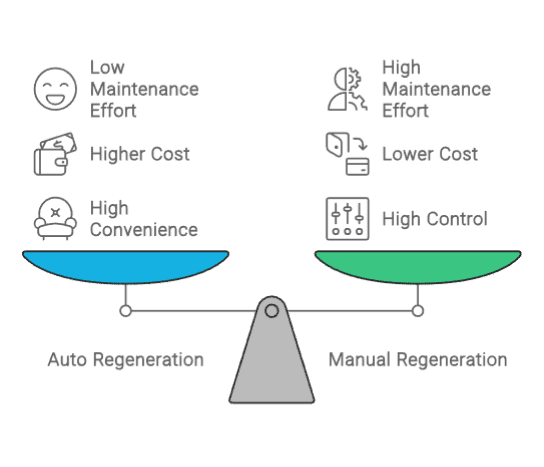
Understanding the differences between auto and manual regeneration can help you choose the best method for your water softener system.
Auto Regenerating
Auto regeneration is a convenient option for those who prefer a hands-off approach. It uses a timer or sensor to automatically start the regeneration process based on either a set schedule or the water usage. This method ensures that your water softener regenerates at optimal times, maintaining consistent performance without manual intervention.
Manual Regenerating
Manual regeneration requires you to initiate the regeneration process yourself. This method can be beneficial if you have irregular water usage patterns or prefer to control when the regeneration occurs. Manual regeneration is often more cost-effective upfront but requires more attention and involvement.
Which is Right for You?
| Feature | Auto Regeneration | Manual Regeneration |
| Convenience | High | Low |
| Control | Low | High |
| Cost | Higher | Lower |
| Maintenance Effort | Low | High |
| Optimal Performance | Consistent | Variable |
Auto regeneration is ideal for those who value convenience and consistent performance, while manual regeneration may suit those who prefer more control and lower upfront costs.
Conclusion
Understanding the water softener regeneration process is key to maintaining your system’s performance and extending its lifespan. By familiarizing yourself with the five stages—fill, brine draw, slow rinse, backwash, and fast rinse—you can ensure your water softener operates efficiently.
Whether you choose auto or manual regeneration, regular maintenance is essential to keep your water softener in top condition. If you have any questions or need further assistance, don’t hesitate to reach out.
FAQ
-
Should you run water while your water softener is regenerating?
It’s generally advised not to use water during the regeneration process to ensure the softener functions properly and to avoid introducing hard water into your home.
-
Does the brine tank empty during regeneration?
The brine tank does not completely empty during regeneration. Only a portion of the brine solution is used to recharge the resin beads.
-
How do you trigger a water softener regeneration?
For manual systems, you can trigger regeneration by pressing the “regenerate” button on your water softener unit. Automatic systems typically regenerate based on a timer or sensor.
-
How many gallons of water does a water softener use during regeneration?
A typical water softener uses approximately 20-50 gallons of water during the regeneration process, depending on the size and model of the unit.
-
Can I flush the toilet when the softener is regenerating?
It’s best to avoid flushing the toilet or using water during regeneration to ensure the process completes without interruption and to prevent hard water from entering your plumbing system.
-
Can I unplug the water softener during regeneration?
Unplugging the water softener during regeneration is not recommended as it can disrupt the process and may cause the system to malfunction. Always let the regeneration cycle complete fully before making any adjustments.
-
Does the brine tank empty during regeneration?
No, the brine tank does not completely empty during regeneration. Only a portion of the brine solution is used to recharge the resin beads.
-
After how many gallons should a water softener regenerate?
Water softeners typically regenerate after treating between 3,000 and 8,000 gallons of water. The exact interval depends on your system’s capacity, the hardness of your water, and your household’s water usage.
Share:
Talk to A Water Quality Expert
Shop Our Products

Freedom RV Water Softener System
Specifically for RV and fifth-wheel owners, this high-quality system guarantees your RV’s water is pure,




How To Maintain Your RV Water Softener
Taking care of your RV water softener keeps your plumbing safe and your appliances running smoothly. This guide covers how to handle both self regenerating and manual units, troubleshoot common issues, and some helpful tips to keep maintenance easy.
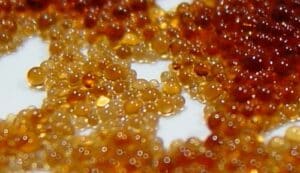
What is Water Softener Resin?
Having trouble with your water softener? Understanding water softener resin is the best way to solve common water softening problems. This guide walks you through water softener resin basics, maintenance requirements, and troubleshooting tips.
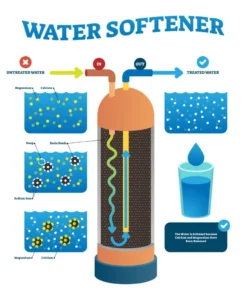
All 12 Pros & Cons of Salt vs. Salt Free Water Softeners
The main differences between salt and non-salt water softeners include their effectiveness at softening water, maintenance requirements, environmental impact, operational costs, and health considerations. This guide will help you understand these differences and decide which type of water softener is best for your needs.
Join Our
Newsletter
Get the latest information, and exclusive offers on water softening and purity solutions
